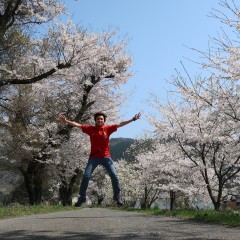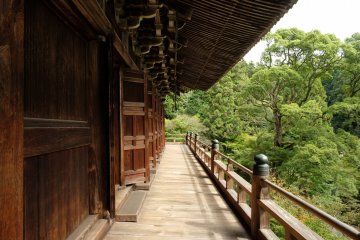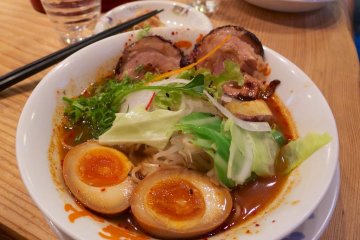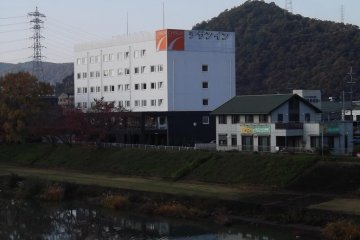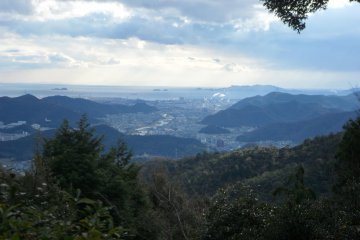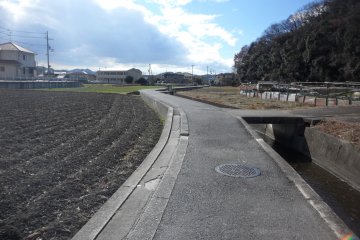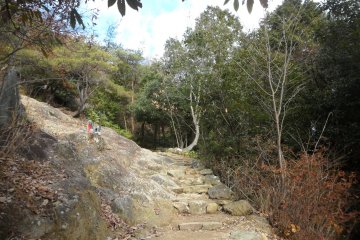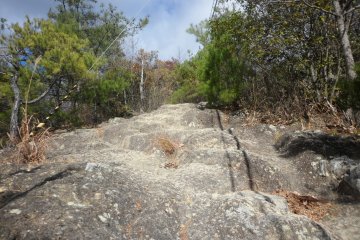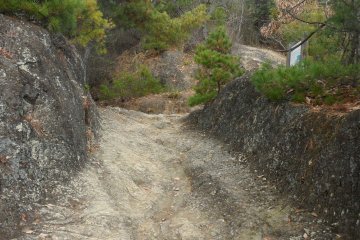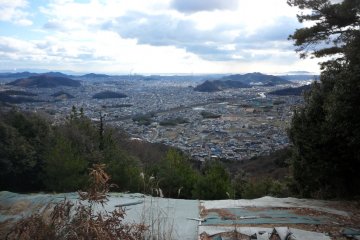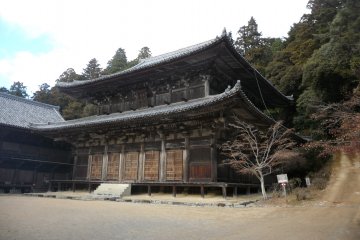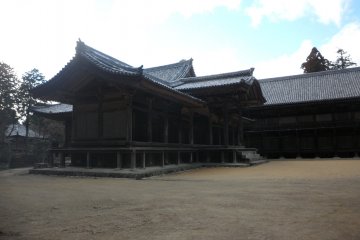Located just on the outskirts of Himeji City, visiting Mount Shosha requires only less than thirty minutes by bus from the bus terminal in the city center or from the bus stop just outside the famous Himeji Castle. Himeji is just an hour away from Osaka by JR train, and this makes Himeji’s highest mountain, Mount Shosha an easy day trip away from the busy city life, doable along with Himeji Castle on the same day.
As the bus stop for Mount Shosha is the bus terminus, there is no need to worry about alighting at the wrong bus stop. A one minute walk from the bus terminus is Mount Shosha’s ropeway station, bringing you right up to the peak at 371 meters to Engyoji Temple where the popular Hollywood movie ‘The Last Samurai’ was partially filmed. Engyoji Temple is also known for its architecture, history, and autumn leaves. This historically tranquil place was founded by a Buddhist priest more than a thousand years ago.
For the adventurous, an alternative way up the mountain is of course to hike. There is a hand-drawn map of the attractions and trails of Mount Shosha available at JR Himeji Station or the information counter at the ropeway station. From the bus terminus, pass through a residential area to get to the start of the trail. Not to worry as there are signs that are clearly marked out. Wooden hiking poles are available as well at the trail's head. However, as the trails are not difficult and not too steep, experienced climbers would not really need the poles. The only disadvantageous point about hiking up instead of taking the ropeway is that you will not be able to see much of the wonderful views of the town below while trekking up, as the hiking path is mostly surrounded by trees and bushes.
Lodging is also available at the temple. There are a few activities to experience like copying sutras by hand, meditation, and having vegetarian meals. Most visitors visit during spring or autumn for the wonderful cherry blossoms and splendid maple leaves. I visited on a weekday in winter, and there were not many tourists. It was certainly a good break away from the city.
Why is the mountain called “Shosha”?
Shosha, when written in Kanji, can be broken down into Sho, which means to write, and Sha, which means to copy. Back in the day, sutras had to be copied by hand, so shakyo, copying of sutras, was an extremely important task. Whenever villagers were in the mountains, the always saw monks copying the sutra. Out of respect for the monks, they named the mountain Shosha.




